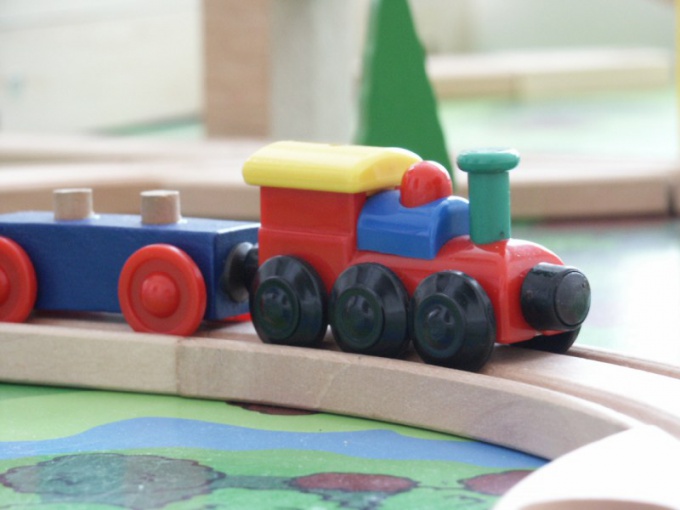You will need
- - cardboard;
- - the range;
- pencil;
- - scissors/utility knife;
- glue;
- - paint.
Instruction
1
Decide what area will occupy the whole building – of the railway track, stations, landscape elements. On this basis, determine the approximate length of the rails. Cut them out of cardboard. For this fit boxes under furniture or equipment. Draw on the cardboard strips of the required length. Their width also depends on the overall scale of the building. For example, for a height of 10 cm will need rails with a width of 2 cm piece of cardboard is not big enough, collect rails from the individual segments. In addition to direct strips cut into multiple arcuate – iron the way you can loop or just make a few turns.
2
Color blanks grey acrylic paint with metallic effect. Then cut the sleepers strip 2.5 cm wide and 8 cm long. On the wrong side of each of the sleepers put pencil marks in 3-5 mm from each edge – these points will need to lay out the rails. Since sleepers are often made of wood, the upper side can be painted brown paint.
3
Lay out the segments of the rails in the correct sequence, then flip so that the bottom side was on top. With a ruler and pencil divide the workpiece at equal intervals. These marks put the sleepers. Lay them one at a time, pre-lubricating the intersection of the rails with glue.
4
While the railroad dries, take a train. It can be represented in a simplified way in the form of parallelepipeds. For cars use old cardboard boxes (e.g., of juice) or glue them yourself. The locomotive can be composed of two boxes – the cockpit to the vertical glue horizontal "bow" part. Cover the entire train paint of the same color. When it dries, glue the wagon wheel, connect the part between cardboard strips. For each car, you can draw the window curtains, and even the faces of the passengers behind the glass.
5
In the same way make one or more stations. On the box-apply the base coat of paint, and then paint the surface with markers. The space around the railway, you can fill a cardboard silhouettes of trees and village houses, and next to the station to put the paper figures of people.
